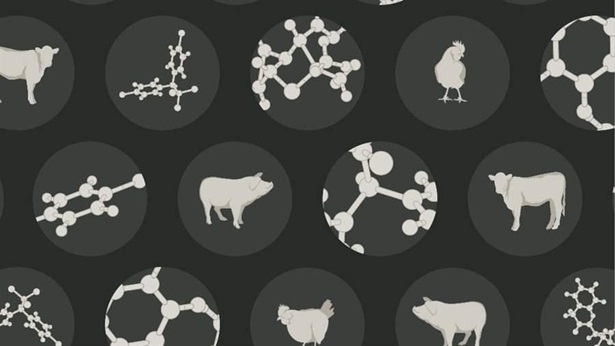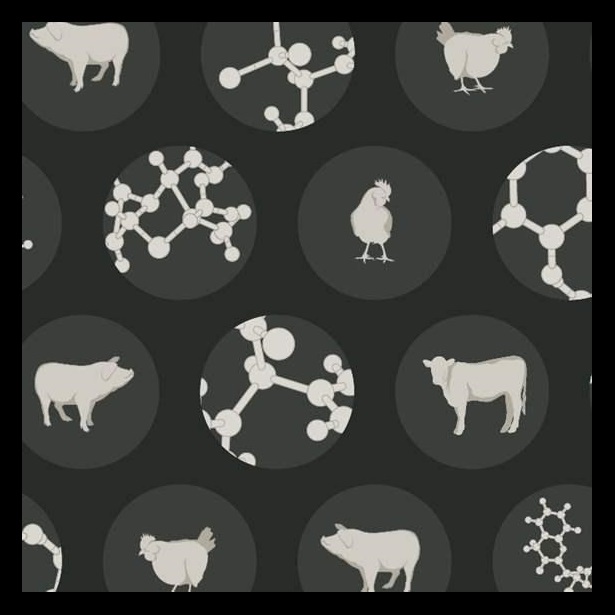Pew: Major Deficiencies in Monitoring of Chemical Residues in Meat, Poultry
WASHINGTON—A federal program meant to protect consumers from tainted meat, poultry, and egg products needs greater scientific rigor and transparency, according to a report from The Pew Charitable Trusts released today. The analysis shows that the National Residue Program (NRP) does not routinely test for several compounds, such as dioxins and certain heavy metals, that are widely recognized as posing a significant public health risk. The analysis also finds that the NRP lacks clear processes for incorporating new research and responding to emerging contamination threats.
The report, The National Residue Program for Meat, Poultry, and Egg Products: An Evaluation, details how the program selects the drugs, pesticides, and environmental contaminants to monitor and how it documents the results of its sampling and testing. Pew’s assessment builds on previous examinations of the NRP published by the U.S. Department of Agriculture’s Office of the Inspector General, a National Academy of Sciences committee, and the Government Accountability Office. Today’s report identifies major deficiencies in the program that could threaten Americans’ health:
- Chemicals that pose important public health risks are not regularly included in the program’s testing. Dioxins, for example, are potent pollutants that research has shown can cause cancer as well as developmental and neurological disorders in humans. They are not routinely monitored by the NRP, however. According to NRP publications, this is because maximum safe concentrations for these toxins in meat, poultry, and egg products have not been set by the Food and Drug Administration or the Environmental Protection Agency.
- The program lacks strict standards on data quality, documentation, and transparency. Public documentation of the NRP’s process for selecting compounds to monitor is inadequate. The program does not follow the published risk ranking it developed for the express purpose of prioritizing compounds. For example, dexamethasone—a steroid hormone that is not included in the program but can pose a danger to diabetics—was identified as a higher risk than several compounds that are monitored. The NRP should explain its decision-making in such instances. Moreover, decisions to include some compounds—for example, avermectins—in the NRP are based at least in part on studies that are outdated or were not peer-reviewed.
- The program’s criteria for determining the compounds to be monitored are not applied consistently. For instance, the program’s risk analyses place dipyrone, a drug prescribed to alleviate acute pain, in the highest toxicity category but does not include it in the testing program. Meanwhile, many compounds that scored lower on the NRP’s risk scale are included.
- The NRP does not effectively monitor or respond to emerging risks. The program lacks a procedure for periodically updating its sampling program based on current scientific knowledge or the latest uses of chemicals in food production and elsewhere in the environment (e.g., new animal feed additives and byproducts of biofuel production).
Each year, the NRP—administered by the Food Safety and Inspection Service of the U.S. Department of Agriculture—collects thousands of samples at slaughterhouses and ports of entry from nine food animal classes. It tests these samples for the presence of certain contaminants, comparing the results with maximum levels legally permitted to be present in these foods by the FDA or EPA during the drug approval or pesticide registration process. When unsafe levels of a monitored compound are found, the source products are condemned and discarded. The Food Safety and Inspection Service may request a recall if contaminated food has already entered the marketplace.
“The National Residue Program is an essential program and a key element in keeping U.S. meat and poultry safe,” said Sandra Eskin, director of Pew’s safe food project. “Its lack of transparency in identifying chemicals of concern and its lack of a systematic process for integrating new science and emerging risks raise some serious concerns about its effectiveness in protecting consumers.”
Pew’s safe food project offers nine recommendations for strengthening the NRP:
- Provide transparent documentation and reporting of sampling plans and results.
- Consistently apply the NRP’s public health-based risk criteria to all compounds considered for monitoring, and base decisions first and foremost on the direct risk to consumers through food consumption. If clear reasons prevent this from being achieved for all compounds, be transparent and explicit about this limitation. Regularly revisit decisions to monitor compounds of comparably lower public health risk.
- Clearly acknowledge and explain when a compound is included in the NRP for reasons other than direct public health risks, such as enforcing existing legal requirements for pesticide use.
- Monitor compounds that pose an important public health risk even if such action presents regulatory or technological challenges (e.g., the lack of an identified tolerance level, difficulty detecting the presence of a heavily metabolized drug).
- For compounds of important public health risk but without established tolerance levels from the FDA or EPA, consider using other applicable guidelines, such as the Codex Alimentarius’ maximum residue limits.
- Adopt standards for strength of scientific evidence and minimum data quality.
- Develop a system to routinely incorporate new scientific evidence and evaluations of relevant technological advancements.
- Provide specific justifications, based on dietary exposure risk, for the inclusion or exclusion of all considered compounds.
- Include compounds that the NRP determines pose an emerging and important public health threat using tools such as rapid risk assessments or expert panels, and clearly document the assessment of new and emerging risks. Base decisions on the most rigorous scientific analysis available and re-evaluate them as more data become available.
The report concludes that to effectively safeguard Americans’ health, the NRP should justify its monitoring decisions and be more transparent about its sampling practices.
###
The Pew Charitable Trusts is driven by the power of knowledge to solve today’s most challenging problems. Learn more at www.pewtrusts.org.


The National Residue Program
An evaluation


Deficiencies in National Residue Program Oversight


America’s Overdose Crisis
Sign up for our five-email course explaining the overdose crisis in America, the state of treatment access, and ways to improve care
Sign up








